You may not even realise the connection between your blood sugar and the development of acne, but balancing your blood sugar could be the most important thing to get right to achieve clear and healthy skin.
What does it mean to have balanced blood sugar levels?
When we talk about blood sugar, we are referring to the amount of sugar (glucose) hanging around in your bloodstream. Glucose is in all the carbohydrates we eat, so when we eat carbohydrates, our body breaks them down into glucose which is then absorbed into the bloodstream. From the bloodstream, glucose is pushed into our cells to provide our bodies with energy, which is done via a hormone known as insulin.
We want this process to happen; this is how your body gets the fuel it needs to function. This process is healthy.
But it goes wrong if we have too much glucose hanging around – and our bodies have to figure out what to do with all this extra glucose and where to store it.
You might be thinking at this point – but I don’t have diabetes; surely this process doesn’t affect me? Well, you can still have minor blood sugar issues without being diabetic. Some of the following symptoms can indicate blood sugar imbalances:
- Sugar cravings
- Headaches
- Increased thirst
- Urinating frequently
- Frequent infections such as thrush
- Mood swings
- Getting ‘hangry’, irritated or shaky during periods without food
- Fatigue
- Stubborn weight gain (especially around your stomach)
How do blood sugar levels affect acne? Let’s start with the hormonal link.
Hormonal imbalances are a prevalent issue in the development of acne. But hormones do not just go off balance for no reason. There are always underlying factors involved that contribute to hormonal problems. And (in case you haven’t already guessed), blood sugar imbalances are a big trigger for hormonal imbalances.
This is because blood sugar imbalances can cause an increase in insulin, which can then trigger an increase in other hormones (such as testosterone) that contribute to blocked pores, oily skin and inflammation within the skin.
Balancing your blood sugar is the foundation for regulating those hormones and, as an effect, clearing your skin.
The effect of raised blood glucose on the skin
Now, going back to glucose – it’s sticky and likes to stick to things like proteins within our body. When glucose attaches to stuff in the body, it causes damage – and this process is known as glycation.
Collagen and elastin are the proteins that make up the skin’s structure. If we have too much glucose hanging around by these proteins, it can stick to collagen and elastin, damaging both proteins and the skin barrier, contributing to decreased elasticity and increased inflammation within the skin.
Blood sugar levels, skin health and stress
Your blood sugar can spike and crash throughout the day because of the foods you eat. But different foods can have different amounts of glucose and will break down into glucose differently, creating completely different reactions when we eat them.
We want to focus on eating foods that provide us with a slow, steady release of glucose – opposed to foods that give us quick, huge bursts of glucose followed by a big crash. These spikes and crashes can get us on a blood sugar rollercoaster, impacting our mood, increasing cortisol – our stress hormone, and contributing to food cravings.
This process is a vicious cycle.
When stressed, our body’s natural response is to release or create glucose to send to our muscles to help us fight or run away from the thing causing us stress. So if we are chronically stressed (because of work, relationships, ill health etc.), it can contribute to even more issues with blood glucose!
To throw another spanner in the works, when we’re stressed, we typically don’t crave things that are good for us.
Ever had a super stressful, overwhelming day and thought, damn, I could really do with a big bowl of broccoli right now? Nope, didn’t think so.
More than likely, you’ll want something comforting and high in sugar, carbs and whatever else makes you feel good.
The good news…
You can do a lot from a diet and lifestyle perspective to help balance your blood sugar to clear your acne – and it doesn’t have to involve a super restrictive diet.
So if you want to dive in deeper and discover what exactly is happening with your blood sugar levels, it’s best to have a blood test – one of the most regular tests I do with clients (because blood sugar balance is that important for clear skin). This can check fasting blood glucose, fasting insulin, HbA1c and c-peptide, alongside sex hormones (such as progesterone, testosterone & oestrogen) – which together give a great insight into blood sugar balance and what’s driving your acne, so we know exactly what to work on.
From there, we can work together to build healthy habits into your lifestyle – so you can achieve clear skin while enjoying your food. Click here to get started on your journey.





0 Comments